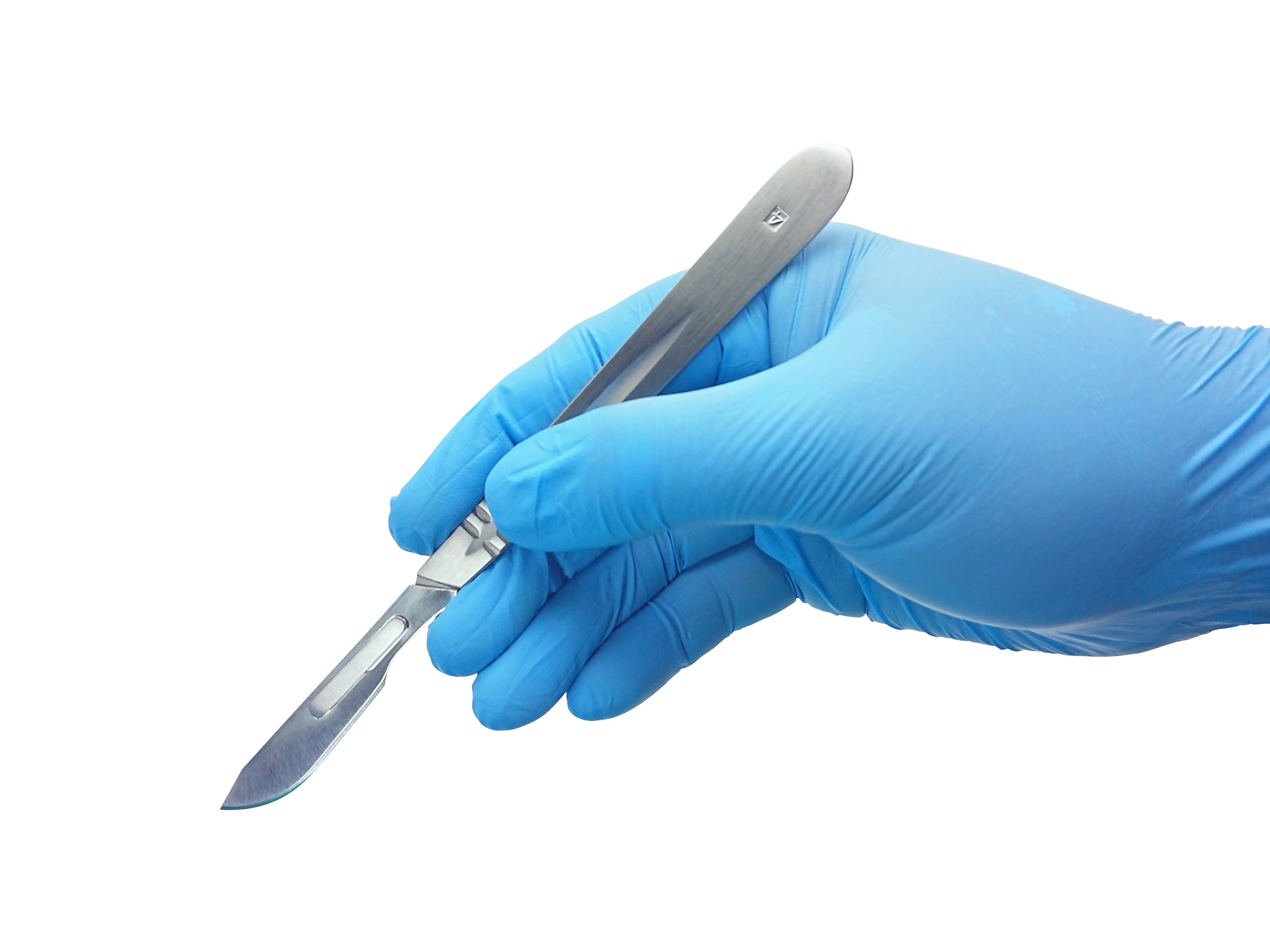Effects of positive end-expiratory pressure on regional cerebral oxygen saturation in elderly patients undergoing thoracic surgery during one-lung ventilation: a randomized crossover-controlled trial.
A significant reduction in regional cerebral oxygen saturation (rSO) is commonly observed during one-lung ventilation (OLV), while positive end-expiratory pressure (PEEP) can improve oxygena...






